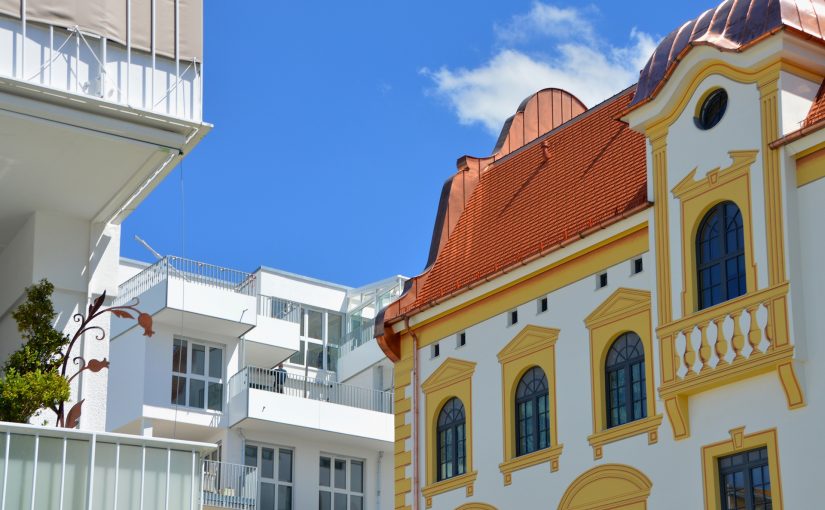You want to settle down in Spain and are hoping to build your own house. However, you don’t know how to go about it. This is a common scenario for many people, and in the quest to find how they can build their own house in Spain, they only get more and more questions. Questions about the cost, architects, other pitfalls, and dangers start to arise, which may be discouraging. Of a truth, it is pretty risky and also very daunting to go into building your house in Spain without knowledge of the regulations, landscape, and culture. So you may need to take your time before commencing the project.
However, it is possible to achieve this goal. You may not do it personally, but you have the option to plan your home, design it, and also get the right people to help you build it. This is your most probable option, but there are a few tips you must note.
1. Choosing the land
You need to carry out several research to get the perfect plot of land for your new home. However, it is crucial that you can differentiate between the different types of land because there are some lands that you can’t build on.
One common type of land you will come across in Spain is “suelo rustic.” These lands often lack necessary amenities such as drainage, water supply, electricity, etc., making them unsustainable for building. On the other hand, the “suelo Urbano” is the ideal land to build on. This is because it is urbanized and already has many basic provisions, and is also on the plan for urban development. Additionally, you must be paying attention to some of the other parameters like buildability (maximum m2 your house can occupy) or percentage of occupation (the part of the land that can be occupied with a building).
2. Seek expert advice
After selecting the land plot for the building, the next step is to seek expert advice. For example, you may want to contact an architect to help you examine the land ‘in situ’ and check out the different possibilities – the orientation, land slope, good access, and if the surface is suitable to build on or it’s the ideal size, etc.
The architect will give you a general estimate of the cost of the building, which can help you establish the initial contacts with banks so you can propose a mortgage. You will also be taking charge of the construction works. It is also recommended that you have a lawyer around for legal advice at different stages of the building process and before you take each step.
3. Preliminary steps
A crucial preliminary step to take is visiting the Land Registry to request for “nota simple.” This is a brief legal report about the property (which may be a land plot, storeroom, garage, etc.) and will help you confirm that there are no previous debts or charges on the land before you purchase it and start building on it.
The next thing to do is contact the cadastre to get a graphic and descriptive cadastral certification. This will make it possible for you to check and confirm that the information on both registers is the same. One final step is to visit the town hall to consult and check with the town planning regulations. You must make this consultation because the design of your house can be affected, and you may need several variations (such as the number of floors, height, etc.) based on the legislation.
4. Financing
The general thing in Spain is that banks do not give mortgages for land purchases. So, the most appropriate thing to do is to remortgage your present home or apply to get a loan. However, it is also possible in Spain for you to apply for self-build mortgages, which you can use to finance the building of your house.
A mortgage like this has three different sections:
- The beginning stage (the first phase that ensures that work begins on the land).
- The certification stage (this phase is for the construction to continue).
- The completion stage (after completing the building).
Generally, these operations take up 80% of your budget if it is your first home and the repayment term never exceeds 30 years.
It may also be worth noting that before the institution grants this loan, you must first show them the certificate of ownership as proof that you own the land, along with other things like the project, construction license, energy efficiency certificate, and execution budget. Additionally, you must comply with their solvency requirement before obtaining the loan.
5. Planning
The average time you need to execute your self-build project in this country successfully is about two years. However, it may go past that time frame too. To prevent this prolonged time and skyrocketing cost, you must execute and complete a detailed timescale and budget planning, along with careful coordination of all the professionals (builders, architects, etc.) involved in different stages of the project.
Conclusion
The processes involved in building a home in Spain are different from how you have it in other European countries. This is because of the peculiarities of the country compared to other countries. This is why you need to take your time and reach out to experts and professionals during all the stages.
Author Bio
Sherri Carrier is a professional writer at best essay writing services and a member of several writing clubs in New York. She has been writing her poems since she was a child. The young author gets inspiration from her favorite writers and people whom she loves.
